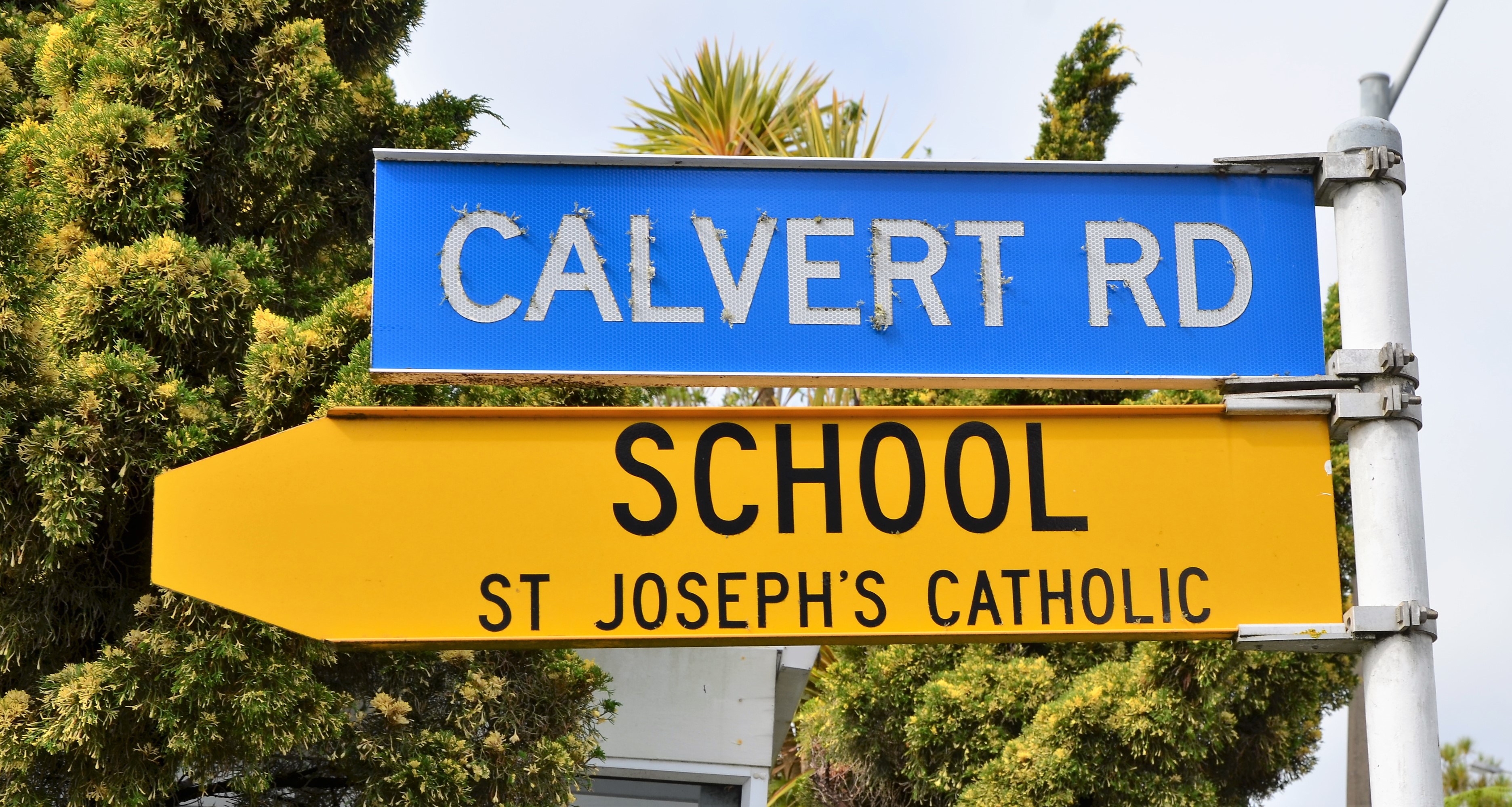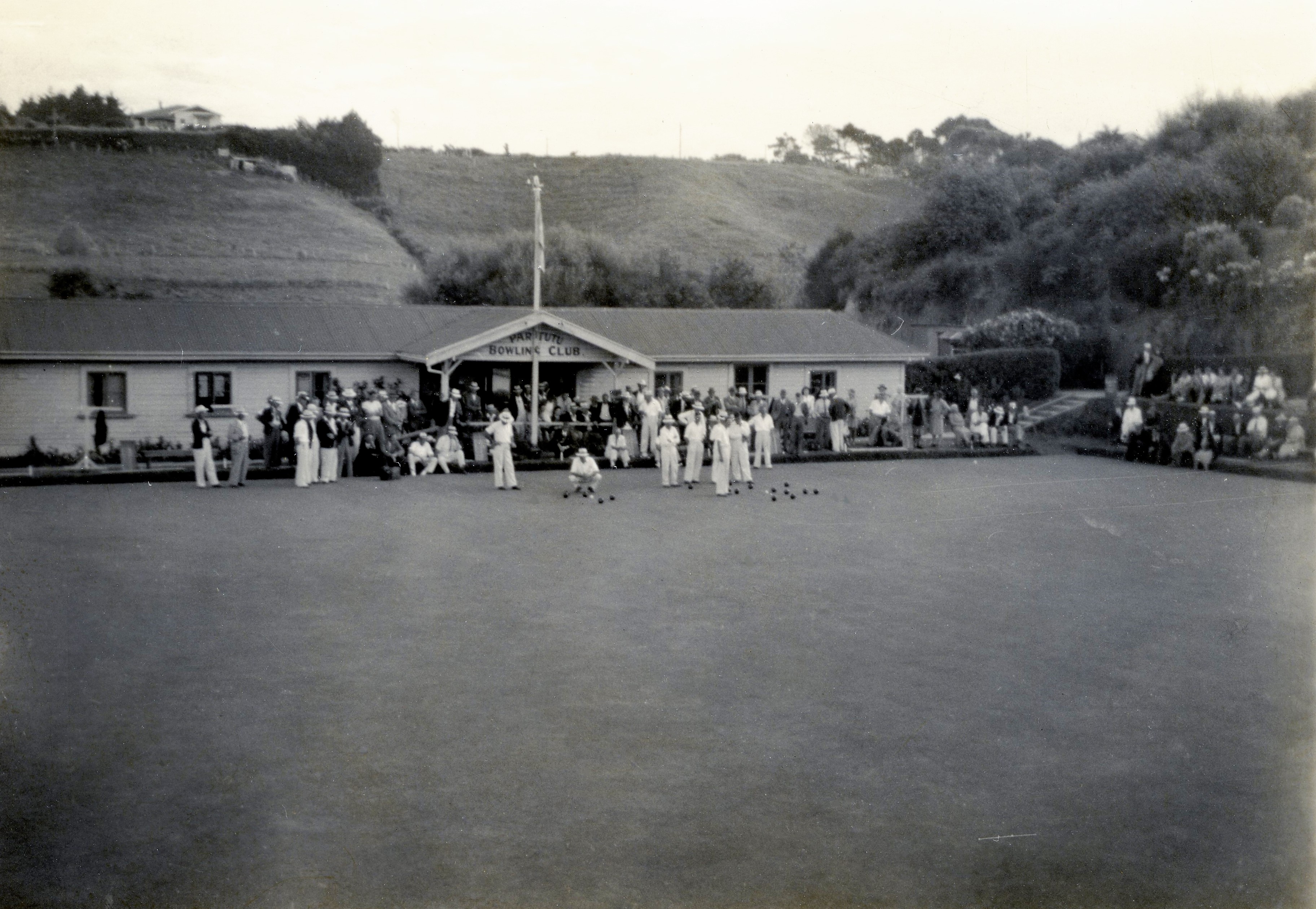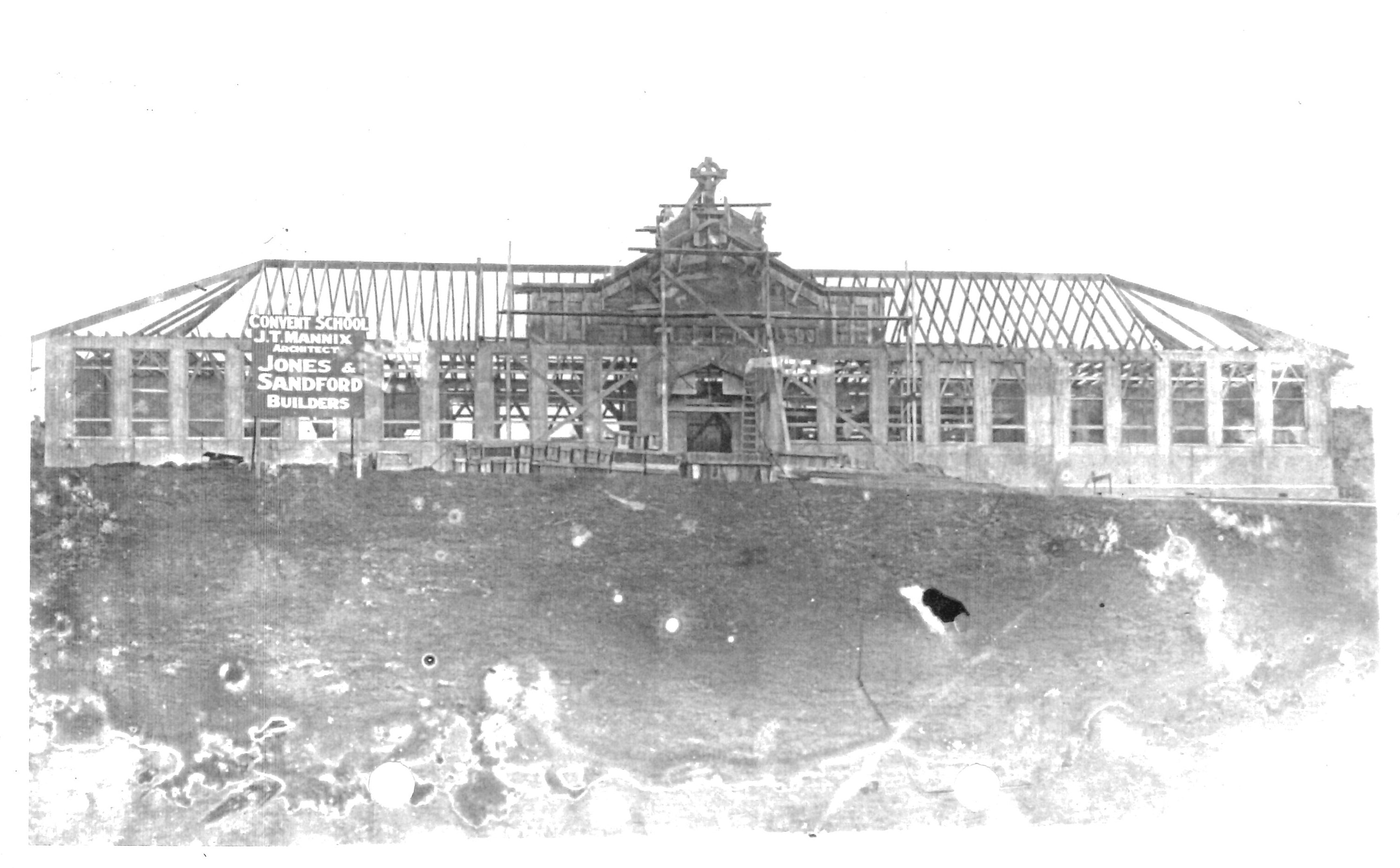





In the 1840s the Wesleyan Missionary Society purchased land at Ngāmotu. Today we know the area as the 'Whiteley Leases'. The eastern boundary was formed by a road subsequently named after a missionary called Calvert.
Reverend James Calvert was born in England in 1813 and dedicated his life to the Wesleyan missionary movement. He spent many years in Fiji and later South Africa, only visiting New Zealand later in life. Importantly, his fellow missionaries in New Zealand thought so highly of him that they named Calvert Road in New Plymouth after him. By the early 1900s, the small settlement formed around lower Calvert Road was known by locals as 'Ahoroa'.
In 1923 bowling enthusiasts developed an area of low-lying swampy land at the corner of Calvert Road and St Aubyn Street that was a part of the Whiteley Leases. They drained the area, laid out bowling greens and formed the Paritūtū Bowling Club. In 1978, following much debate, the land was sold to the bowling club for $29,000. It was the first time any of the Whiteley lease land had been sold to a private body. All previous land sales were completed to allow public works such as roads and the railway.
The religious flavour of the area was maintained in the early 1920s when the Roman Catholic Church purchased the 'Heidelberg Estate' beside Calvert Road. St. Joseph's School was built and officially opened in October 1926.
It was originally intended that Calvert Road should connect through to Lyn Street. In the 1950s the council decided the expanding city needed more sports fields so the area of Lynmouth Park was separated off and developed for cricket and football.
This story was originally published in the Taranaki Daily News.
NB: The Heidelberg Estate was a 13-acre section on what was then known as South Road, handily located between town and the port. Including stables, an orchard and its own stream along with a nine-bedroom residence, the property was owned in the 1890s by hotelkeeper Gustave Tisch. By 1904 Tisch had sold Heidelberg and entered local politics, becoming Mayor of New Plymouth in 1908. The newly-formed South Road Tennis Club opened its courts on the grounds of the estate in 1906 when butcher Robert Dixon was the owner and later that year a syndicate was formed to prospect for oil on the section, with boring operations commencing in November.
Sadly, the grand homestead was destroyed by fire on 9 December 1913. Owned at the time by John Brennan, newspaper reports described it as having been “built between sixty and seventy years ago”. Five acres of its land were initially acquired for the new Catholic primary school mentioned above in November 1924, with the school (and an associated convent) officially opened by Archbishop Francis Redwood on 24 October 1926. Providing an education for 200 pupils, it was often referred to as Heidelberg School as well as St. Joseph’s.
Please do not reproduce these images without permission from Puke Ariki.
Contact us for more information or you can order images online here.